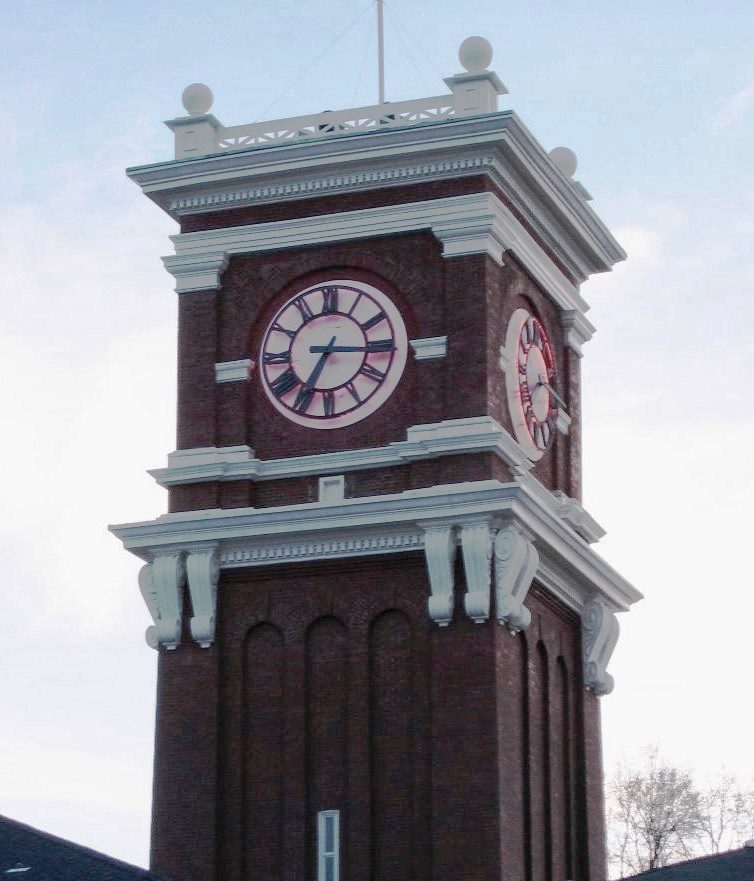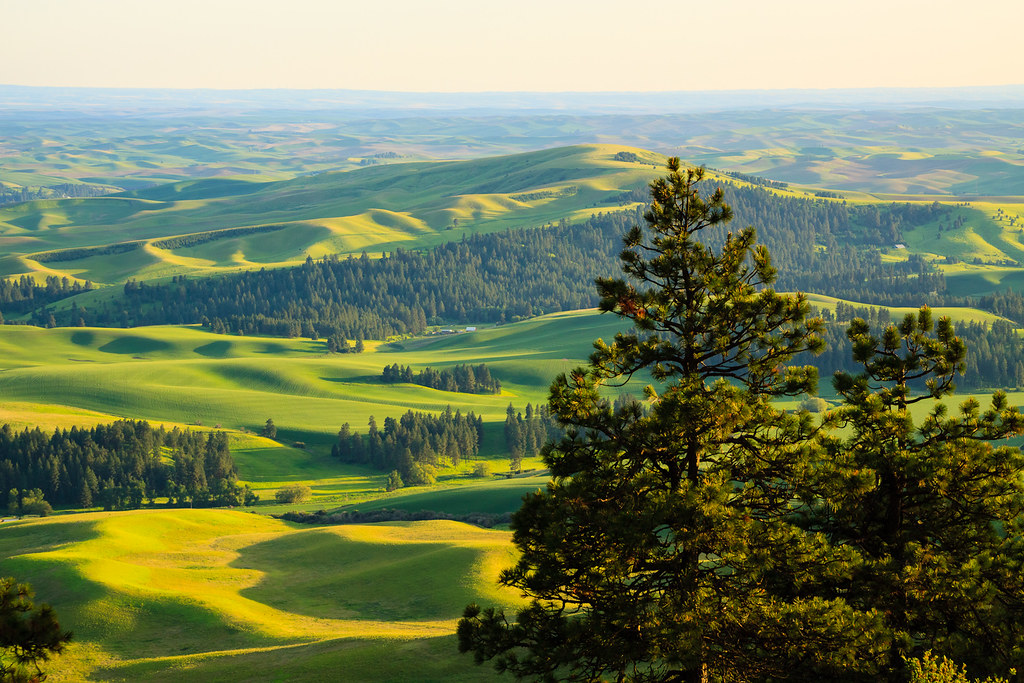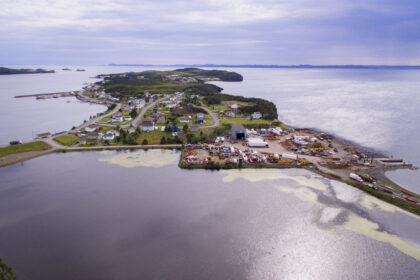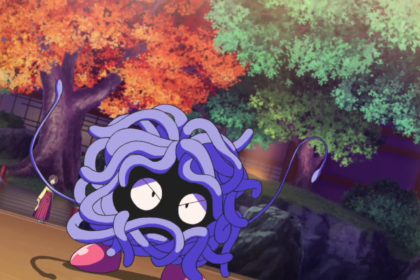Pullman is the largest city in Whitman County, located in southeastern Washington state within the Palouse region of the Pacific Northwest. Take a look below for 25 obscure and interesting facts about Pullman, Washington, United States.
1. The population was 29,799 at the 2010 census, and estimated to be 34,506 in 2019.
2. Originally founded as Three Forks, the city was renamed after industrialist George Pullman in 1884.
3. Pullman is noted as a vastly fertile agricultural area known for its many miles of rolling hills and the production of wheat and legumes.
4. It is home to Washington State University, a public research land-grant university, and the international headquarters of Schweitzer Engineering Laboratories.
5. Pullman is eight miles (13 km) from Moscow, Idaho, home to the University of Idaho, and is served by the Pullman-Moscow Regional Airport.
6. In 1876, about five years after European-American settlers established Whitman County on November 29, 1871, Bolin Farr arrived in Pullman.
7. He camped at the confluence of Dry Flat Creek and Missouri Flat Creek on the bank of the Palouse River.
8. Within the year, Dan McKenzie and William Ellsworth arrived to stake claims for adjoining land.
9. They named the first post office here as Three Forks. In the spring of 1881, Orville Stewart opened a general store and Bolin Farr platted about 10 acres (4.0 ha) of his land for a town.
10. Pullman was incorporated on April 11, 1888, with a population of about 250–300 people.

11. It was originally named Three Forks, after the three small rivers that converge there: Missouri Flat Creek, Dry Fork, and the South Fork of the Palouse River. In 1884, Dan McKenzie and Charles Moore (of Moscow) replatted the site and named it for American industrialist George Pullman.
12. On March 28, 1890, the Washington State Legislature established the state’s land grant college, but did not designate a location.
13. Pullman leaders were determined to secure the new college and offered 160 acres (0.65 km2) of land for its campus. Idaho Territory had established its land grant college in 1889; the University of Idaho was to be in neighboring Moscow.
14. On April 18, 1891, the site selection commission appointed by Washington’s governor chose Pullman.
15. On January 13, 1892, the institution opened with 59 students under the name Washington Agricultural College and School of Science.
16. It was renamed the State College of Washington in 1905, more commonly known as “Washington State College,” and became Washington State University in 1959.
17. In 1961, Pullman became a non-chartered code city under the mayor–council form of government. The city has an elected mayor with an elected seven-member council and an appointed administrative officer, the city administrator.
18. Washington State University is the largest employer in both Pullman and Whitman County.
19. Since 1989, Pullman has been home to the National Lentil Festival, a major community event celebrating the lentil legume grown in the surrounding Palouse region. The festival includes a lentil cook-off, Friday night street fair, Saturday parade and music in the park, and more. It is held in Reaney Park on the August weekend before fall semester classes start at WSU.
20. Popular college bars in the area include The Coug and Valhalla. The Coug is popular as a sports bar, with signatures and pictures littered over every inch of wall space. Valhalla is close to Martin Stadium which makes it a busy place on football game days. One historic bar downtown is Rico’s Pub, established in 1909 before Prohibition.

21. College sports are popular in Pullman, with most support centered on the Washington State Cougars who compete in the Pac-12 Conference in NCAA Division I.
22. The football team plays at Martin Stadium, and their in-state rivals are the Washington Huskies, with whom the Cougars play an annual rivalry game, the Apple Cup.
23. The women’s and men’s basketball teams play at Beasley Coliseum, and the baseball team at Bailey–Brayton Field. Moobery Track hosts track and field, and historic Bohler Gymnasium (1928) is the home of women’s volleyball.
24. The city’s only public high school, Pullman High School (PHS) has about 700 students. It is on Military Hill. Its mascot for its athletic teams is the greyhound. PHS offers honors and advanced placement courses, along with Running Start course work through WSU and Spokane Falls Community College.
25. William La Follette, U.S. Congressman, lived in Pullman.




